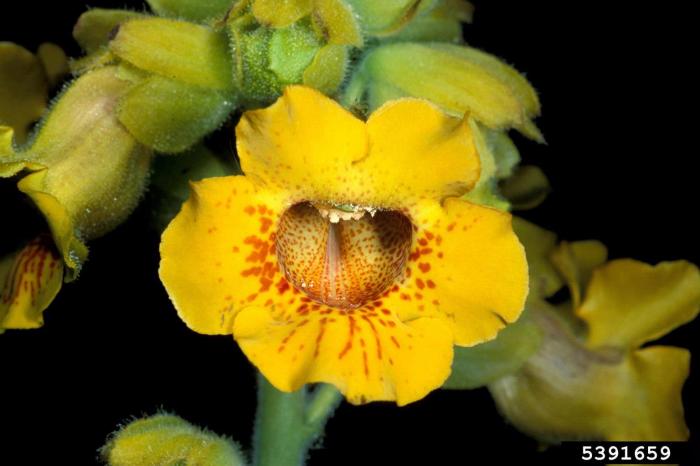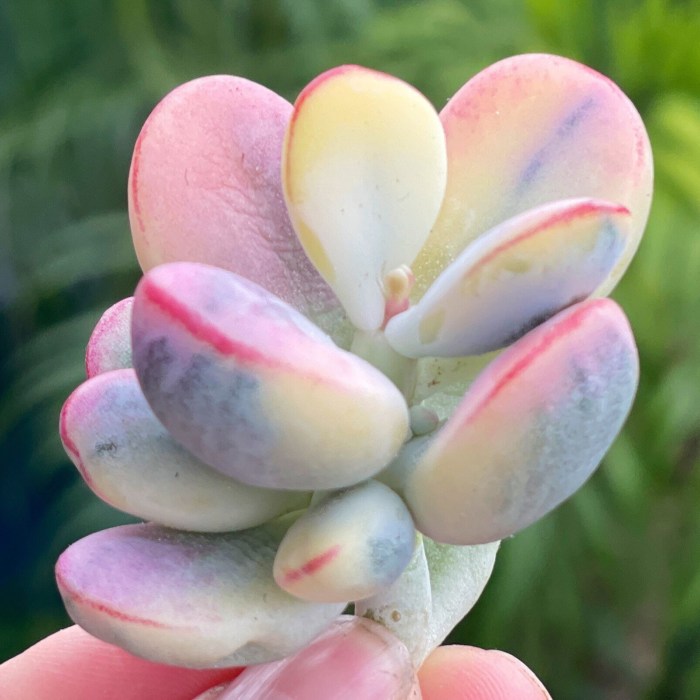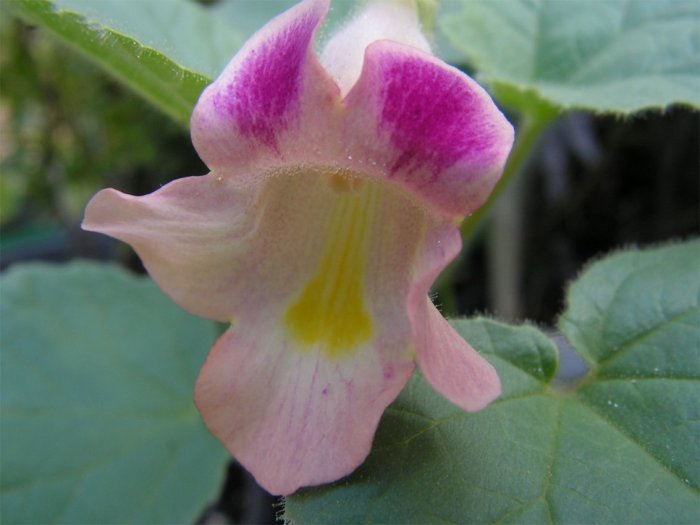Flower named after a mythological beast – In the realm of flowers, where beauty intertwines with myth, we embark on a captivating journey to discover flowers named after mythical beasts. These enchanting blossoms bear names that echo ancient tales, inviting us to explore the fascinating connections between the natural world and the tapestry of human imagination.
From the ethereal grace of the unicorn to the enigmatic allure of the phoenix, flowers have long been associated with these legendary creatures, their names and symbolism deeply rooted in cultural traditions and beliefs. Join us as we delve into the enchanting world of flowers named after mythical beasts, uncovering their origins, meanings, and the captivating stories they hold.
Flowers Named After Mythical Beasts

The world of flowers is rich with names inspired by mythical creatures, each with its unique story and symbolism. From the enigmatic dragon to the majestic phoenix, these flowers pay homage to the captivating realm of legend and lore.
Etymological Connections
- Dragon’s Breath (Dracunculus vulgaris): Named for its fiery red spadix, reminiscent of a dragon’s fiery breath.
- Phoenix Tail (Phoenix dactylifera): Named for its graceful, feathery fronds that resemble a phoenix’s tail.
- Centaury (Centaurium erythraea): Named after the centaur Chiron, who was known for his healing knowledge.
Cultural Significance
Flowers named after mythical beasts have held cultural significance across societies and time periods:
- Dragon’s Breath:In China, it symbolizes good luck and protection.
- Phoenix Tail:In Egypt, it was associated with the sun god Ra and represented rebirth.
- Centaury:In ancient Greece, it was used as a medicinal herb and believed to have healing properties.
Symbolism and Meaning, Flower named after a mythological beast
These flowers carry deep symbolism and meanings, both in their own right and in relation to the mythical beasts they’re named after:
- Dragon’s Breath:Symbolizes strength, courage, and passion.
- Phoenix Tail:Symbolizes renewal, transformation, and immortality.
- Centaury:Symbolizes healing, purity, and love.
Cultivation and Uses
These flowers require specific care and have various uses:
- Dragon’s Breath:Thrives in well-drained soil and prefers partial shade; used as an ornamental plant.
- Phoenix Tail:Requires warm temperatures and plenty of sunlight; used for landscaping and as a food source.
- Centaury:Prefers moist soil and full sun; used medicinally for its digestive and antibacterial properties.
Conservation and Protection
Some of these flowers face conservation challenges:
- Dragon’s Breath:Vulnerable to habitat loss due to urbanization.
- Phoenix Tail:Threatened by climate change and invasive species.
- Centaury:Declining due to overharvesting for medicinal purposes.
FAQ Overview: Flower Named After A Mythological Beast
What is the most common mythical beast associated with flowers?
The unicorn is one of the most well-known mythical beasts associated with flowers, particularly the white unicorn lily.
Are there any flowers named after the phoenix?
Yes, the bird of paradise flower is often associated with the phoenix due to its vibrant colors and striking appearance.
What is the significance of flowers named after mythical beasts in folklore?
In folklore, flowers named after mythical beasts often symbolize the qualities or characteristics associated with those creatures. For example, the lion’s tooth flower represents courage and strength.


